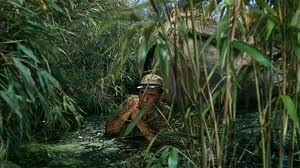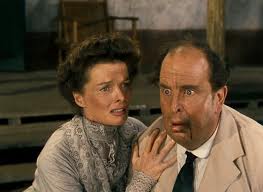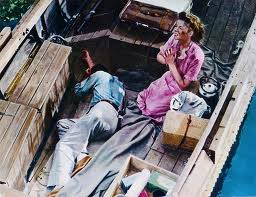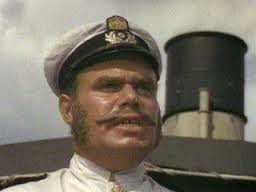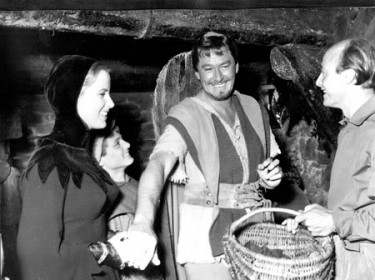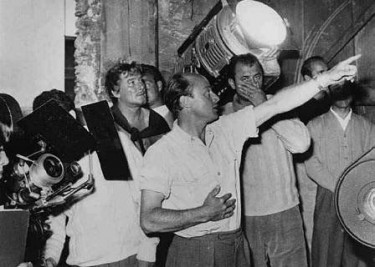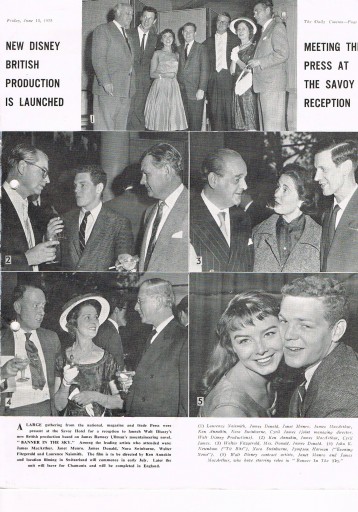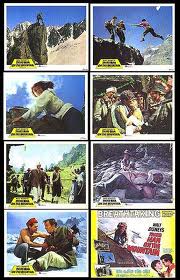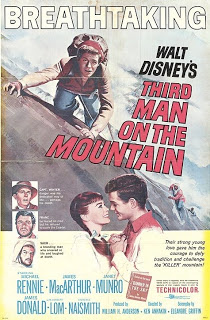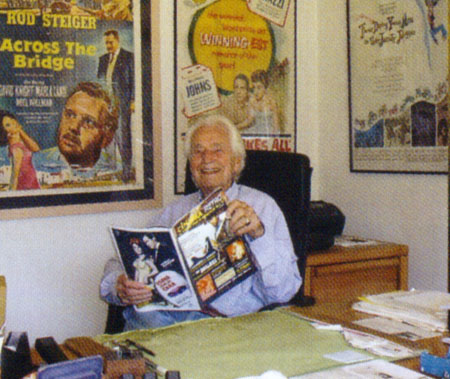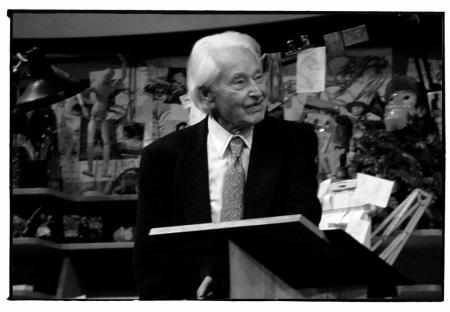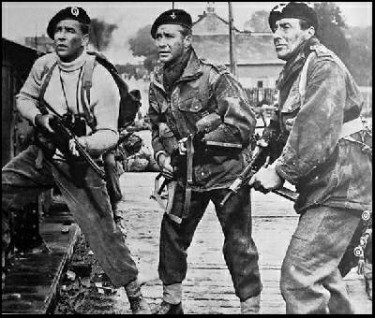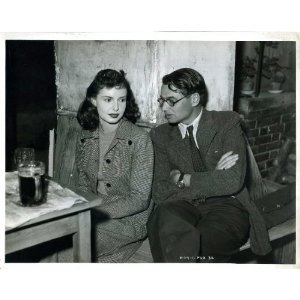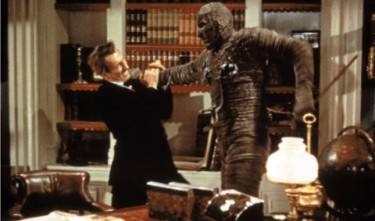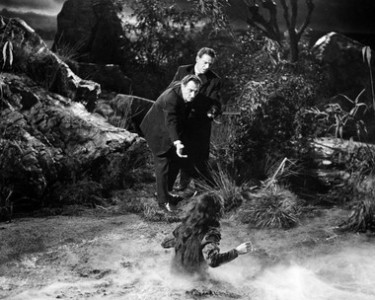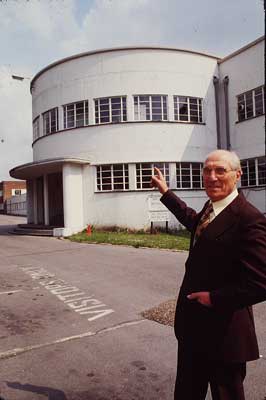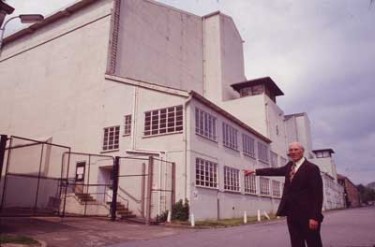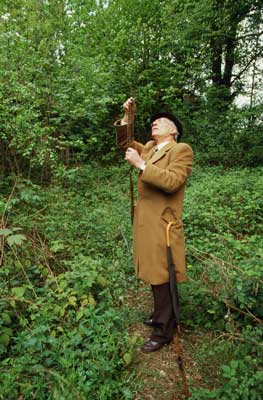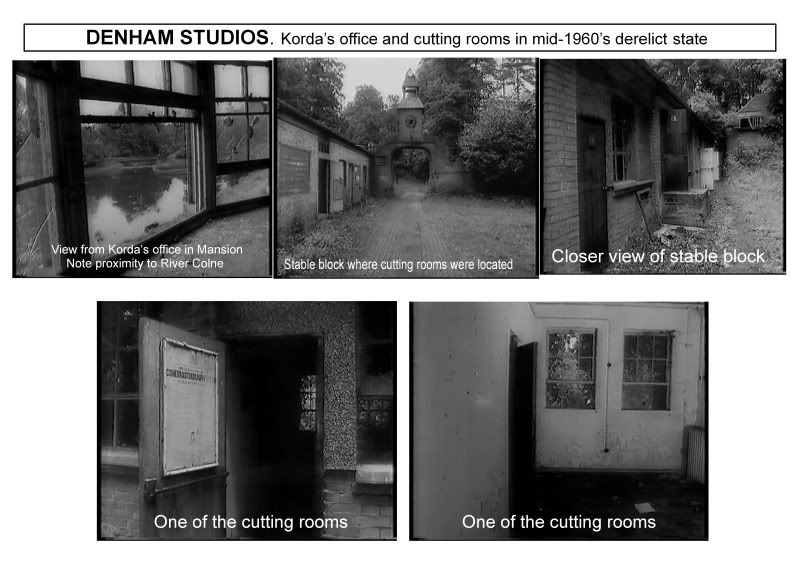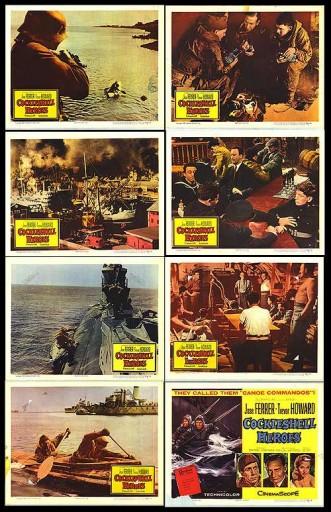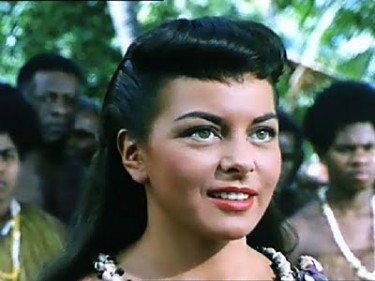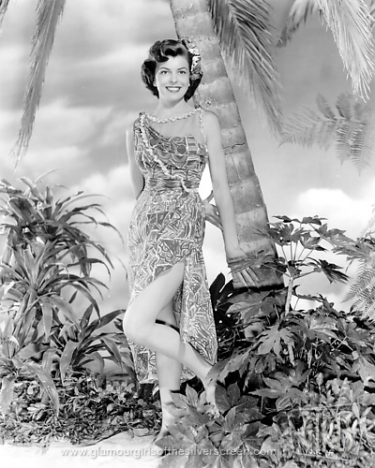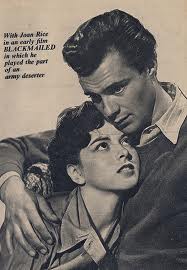Now the number of times I have said that this was ‘one of my favourite films’ before BUT this one definitely is just that. Filmed in India and beautifully filmed at that – this must be a cine photographers dream. The Colour is just out of this world and the setting takes us to dreamland almost – certainly for any of us who have fallen in love with India. I have never been I am sorry to say but must be in love with the dream I think.
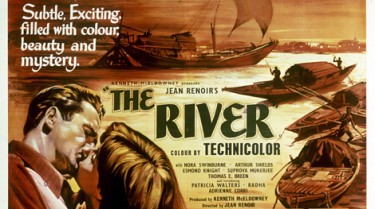
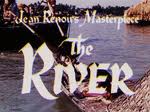
The story is from a novel by that wonderful author Rumer Godden who spent a lot of her life living in India, and it wasdirected by Jean Renoir. Filmed entirely on location in India, The River is the story of an English family living in Bengal during the last years of the Raj. Shot in glorious Technicolor by Claude Renoir, it beautifully captures the rhythm and energy of life on the banks of the Ganges.
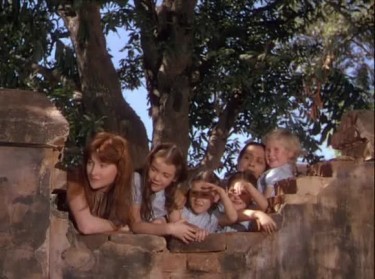
Three teenage girls are living in Bengal near to the river : Harriet is the oldest child of a big family of English settlers. Valerie is the unique daughter of an American industrialist. Melanie has an American father and an Indian mother. One day, a man arrives. He will be the first love of the three girls.
“It is the story of my first love; about growing up on the banks of a wide river. First love must be the same everywhere but the flavour of my story would have been different…”
An older, wiser voice introduces Jean Renoir’s 1951 adaptation of Rumer Godden’s coming-of-age tale of a teenage girl living with her English family on the banks of the Ganges. This film seems to have all the elements of a ‘first love’ narrative- the arrival of a young man into a group of female rivals for his attention, the young people’s embarrassing efforts to appear mature, the worlds of children and adults in real contrast to each other, and a real tragedy to bring us back to reality. No one writes about the power of adolescent emotion better than Rumer Godden just think of ‘Black Narcissus’ and later ‘The Greengage Summer’
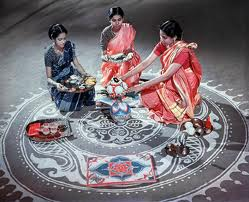
Here India seemed to be portrayed as if in a 1950s travelogue athough Renoir chose to follow the novel closely. The adult stories that weave through the narrative hint at the deeper problems caused by the colonial culture, but these are not expanded on as they are really nothing to do with the story.
This was Renoir’s first colour film and was shot entirely in India. A new restoration revitalises Renoir’s achievement and his nephew Claude Renoir’s wonderful photography, making sense of the director’s stated aim.
“I shot The River so that I could either create a narration and stay with a book-like tone.’ he said
For a taste of the film – See film trailer BELOW :-
https://www.youtube.com/watch?v=j-DxgFYOVM0&feature=player_detailpage
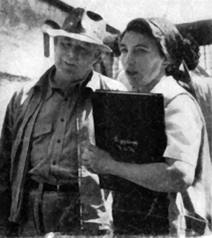
Rumer Godden and Jean Renoir on the set of The River.
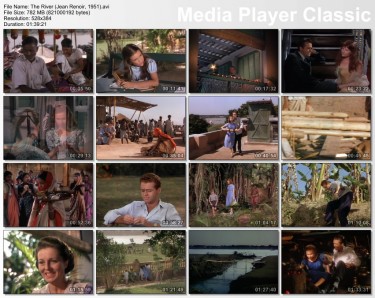
Rumer Godden – Writer of The River – Below.








Rumer Godden was born in Sussex in 1907 but, at six months old, was taken out to India where her father ran a Steam Navigation company so that she and her three sisters spent most of their childhood on the banks of the great rivers of Assam and Bengal (now Bangladesh) where they lived in Narayangunj, a jute trading town.They had a halcyon childhood. “I always thank God” wrote Rumer “that we did not have sensible parents”. This childhood time gave her real love of India that is so obvious in her writing.She could never remember a time when she did not write. There were no libraries or schools or bookshops in this remote place so the sisters wrote their own. It was a good thing their father said that there were plenty of wastepaper baskets in the house.The dreaded day came and the girls were sent back to England which felt anything like home and were sent to boarding school – too late. They were twelve and fourteen and could not settle. They went to five schools in two years!Rumer Godden trained as a dancer in London and then went back to India where she ran a mixed race dancing school. She married and lived in Calcutta.She returned to Britain for the birth of her two daughters and the publication of Black Narcissus which was met with great acclaim.Back in India she continued with her dancing school and parted from her husband.This was now wartime and it was not possible to go back to England so she took her two small daughters to Kashmir where, as she had no money, she rented a little Kashmiri house far in the country by the Dal Lake. and they lived cheaply and like the local indians.The house had no electricity , no running water and no road up to it. It was a full life. She had not only to look after the children but to teach them and to try earning a living by writing and running a herb farm but, as she wrote, “these were years of beauty and contentment”.
Rumer returned to England in 1947 and lived in various houses both in London, Buckinghamshire and Sussex and she remarried. It was at this time that she entered the London and American literary scene.
She sat on book judging panels, gave talks on writing and toured America giving lecture tours. She went to the famous Foyles Lunches and made broadcasts. She appeared on Desert Island Discs and maybe this one is still available to hear from the BBC archives.
In 1994 she went back to India with her daughter and the BBC to make the Bookmark programme of her life in the subcontinent.
Rumer was a strict disciplinarian over her writing. She worked every morning and most evenings and always in longhand with a fountain pen. She said that as an artist has to dip his brush into the paint so a writer should dip his pen into the ink and this gives time for thought.
She thought many modern books were too wordy as authors just ran away with words on their computers.
She was awarded the OBE in 1994 and won the Whitbread prize for children’s literature, many other awards and her her books have been published in over forty countries.
Rumer Godden had many interests but her greatest were for dancing and for Pekinese dogs, which she kept for most of her life, and for children – she ran junior poetry workshops which kept her in touch with the young and entertained her young great grandchildren to doll’s tea parties where she made miniature food and everyone dressed up.
She also loved opera and good whisky! Rumer studied the great religions of the world and became a Roman Catholic in 1957.
One of her favourite axioms came from an Indian proverb that says – “everyone is a house with four rooms, a physical, a mental, an emotional and a spiritual. Most of us tend to live in one room most of the time but unless we go into every room every day, even if only to keep it aired, we are not a complete person”. She quotes this in her autobiography A House with Four Rooms.
Rumer Godden lived her later years in Rye Sussex in Lamb House, once the home of Henry James. In her old age she moved to Moniaive in Southern Scotland to be with her daughter where she spent the last twenty years of her life, writing and enjoying the river which ran under her study window.
Her last novel Cromartie vs. the God Shiva was published just before she died in 1998
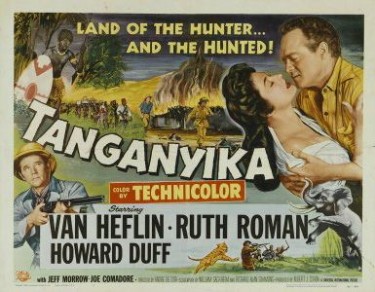
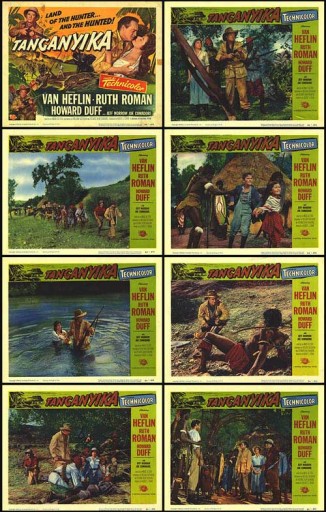
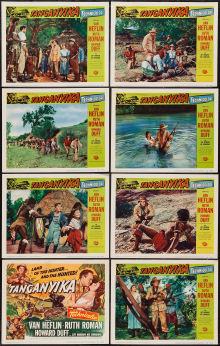
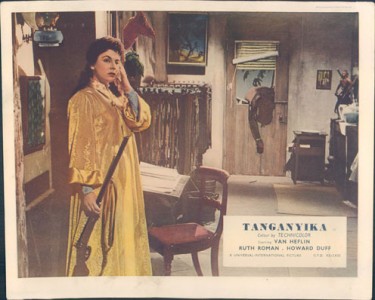














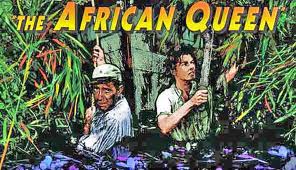 For a long time I had not known that this was a COLOUR film because it used to be shown on TV in the pre-colour days but when I did I realised just how good it looked in glorious Technicolor. Even so it is a cracking good adventure film.
For a long time I had not known that this was a COLOUR film because it used to be shown on TV in the pre-colour days but when I did I realised just how good it looked in glorious Technicolor. Even so it is a cracking good adventure film.